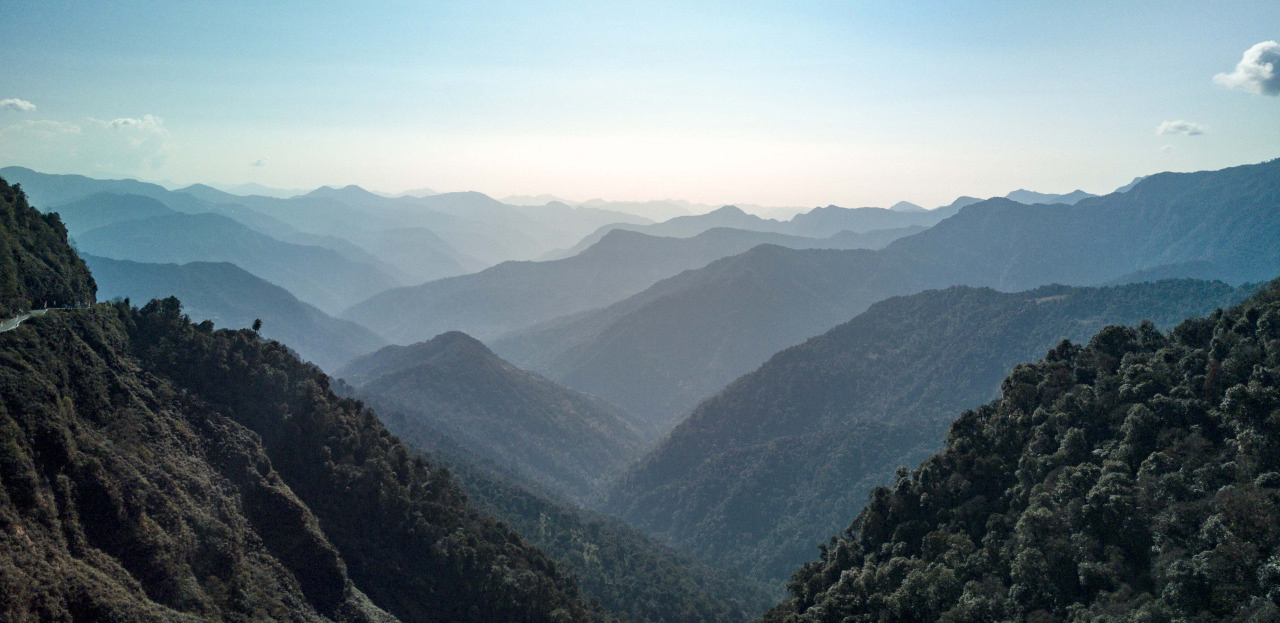We briefly woke up at 4 AM when our ship left the dock in Aswan. Surprisingly smooth our boat, the Jaz Regency, is gliding through the Nile waters downriver. At 6.30 our alarm woke us to a spectacular sunrise over the river. We passed serene and beautiful river banks full of palm trees and banana plantations. Mot many villages or cities could be seen. But plenty of fishermen and water fowl. We had a wonderful breakfast on board, everything the heart desires…. We ditched the idea of losing weight here in Egypt. The food simply is too good and plentiful.
After breakfast we docked at our first temple. Kom Ombo is the temple of Sobek, the crocodile god.

Crocodiles were common in the Nile, and they held both a dangerous and sacred place in Egyptian life. Sobek was seen as the embodiment of the Nile’s power: its life-giving floods and its more destructive potential. In some ways, Sobek’s duality as both a destructive and protective force mirrored the nature of the river itself—beneficial for crops yet capable of causing devastation.

By the time the Temple of Kom Ombo was constructed, many of Egypt’s major gods, like Ra, Amun, Isis, Osiris, and Horus, had already been the focus of large, elaborate temples across Egypt. The reason Sobek was honored with such an important temple during the Ptolemaic period is somewhat tied to regional shifts in power and the cultural dynamics of the time. Kom Ombo was located in Upper Egypt, an area where the crocodile god had significant local importance. Sobek had long been worshiped in regions along the Nile, especially in Crocodilopolis (modern-day Fayum), but the Kom Ombo temple reflects a period when local gods gained prominence, especially in the wake of Egyptian cities’ increasing interactions with foreign influences, like the Greeks and Romans.

It is partially restored and it‘s principal attraction ate the exquisite reliefs and carvings inside the temple. It is amazing with how much attention to detail thousands of reliefs have been hewn into the rocks from bottom to ceiling. Even the ceilings themselves still had remains of color and paintings on them.


Many depictions of crocodiles could be found everywhere. The temple grounds even had basins where crocodiles were bred. In the museum they even showed burial chambers and clay sarcophargus for different sizes of mummified crocodiles.

Back on the boat we cruised a few hours , enjoying the view on deck. For a ship catering normally to 150 passengers, we were barely 12 on this trip. It felt like having the ship to oneself.


Lunch was again a lavish buffet, and after a short journey along the Nile, we arrived at the well-preserved Temple of Edfu. Having decided not to board any horse-drawn carriage if the horse appeared unhealthy, our guide Mahmud carefully selected one where the horse pulling it seemed to be in decent condition. While the horses here are generally thin, we refused to accept those that were emaciated, had open wounds, or were missing shoes. They waited patiently in long lines, fortunately not under the scorching sun.


After a 10 min carriage ride, we arrived at the Edfu Temple site. At 30+ meter height, the entrance to the temple looked very impressive.

Inside like many temples, are a series of chambers indicating the higher the status and rank, the further one was allowed to progress towards the inner sanctum.

To the innermost chamber only the high priest and the Pharao had access to.

Depicting a copy of the royal barge (the original was moved to the Louvre by a French explorer who rediscovered the temple around 1860) all the small chambers surrounding it were carved top to bottom in religious ceremonies involving many gods, but mostly Horus, Sobek and Isis. It was an impressive temple all in all and to imagine that it was originally painted in all vivid colors, this must have looked like a Disney fairy tale building of 1001 nights.
We saw a group of Caucasian people performing rituals, holding an Ankh (Egyptian symbol of life), and touching or kissing the walls. It seemed to be some neo-pagan movement practicing ancient rituals, or perhaps a New York-born cult that worships Egyptian religion. These types of groups clearly blend ancient symbolism with modern ideas of mysticism and personal transformation. A bit weird and unsettling from our point of view.

Back on board we proceeded on our way to Luxor. Sunset is always quick in Africa and so we enjoyed some last rays of sun on deck and enjoying afternoon tea time and biscuits. But bracing a stiff wind and not feeling like wanting to hop into our nice pool on deck, we ventured downstairs quite soon. We had to admit, Egypt can be quite cool at night and we had to bundle up in our wind stopper and GoreTex jackets when on top deck.

At 7 PM we are expected at happy hour in the grand salon, where the crew is outnumbering the guests by 4 to 1. Not great for Egyptian economy but very relaxed for us.
Dinner was at 7:30, and once again, we enjoyed a lavish buffet before retiring early to catch up on much-needed sleep. Chris jokingly wondered if the crew’s goal was to feed us so much that we’d be ready to be eaten, just like the witch tried to do with Hansel and Gretel.




